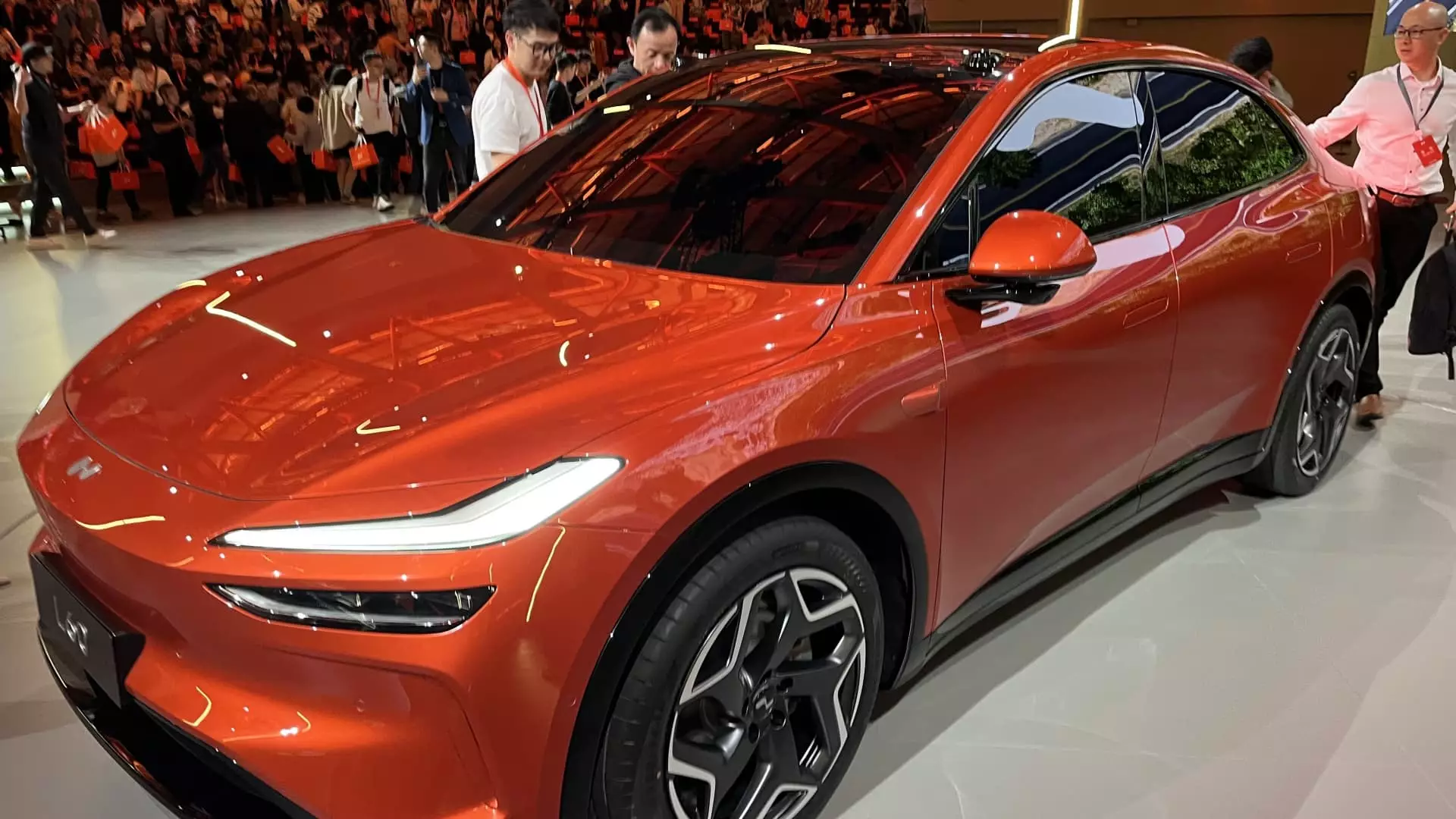The electric car market in China is heating up with the introduction of Nio’s new, lower-priced brand, Onvo. The first car under this brand, the L60 SUV, is slated to be $4,000 cheaper than its Tesla counterpart, the Model Y. This move marks a significant shift for Nio, which has traditionally focused on the premium segment of the market with higher-priced cars.
With the fierce competition in China’s electric car market, new entrants like Onvo are challenging established players like Tesla. In a bid to attract customers and cut through the clutter, companies are slashing prices to make their offerings more competitive. Xiaomi, a smartphone company, recently entered the electric car market with its SU7 sedan priced $4,000 lower than Tesla’s Model 3. In response, Tesla has also reduced the price of its Model 3 by $2,000 to stay competitive.
During the launch event, Nio’s CEO William Li highlighted Onvo’s commitment to setting a new standard for family cars. The brand aims to provide a spacious interior, superior shock absorption, and enhanced driving performance when compared to competitors like Tesla’s Model Y and Toyota’s Rav4. Onvo’s focus on driving range and access to battery swap and charging stations from Nio sets it apart in the market.
While Onvo’s entry into the market presents a new challenge for established players, the Chinese electric car industry faces external pressures as well. The Biden administration’s announcement of a 100% tariff on Chinese EV imports has raised concerns about the industry’s future. Nio’s CEO Li criticized the tariffs as “completely unreasonable” and highlighted their potential impact on consumers and climate goals.
As Onvo prepares to launch the L60 SUV and expand its presence in the market, the competition in the electric car industry is expected to intensify. With a focus on affordability, performance, and sustainability, brands like Onvo are poised to reshape the landscape of the industry. The success of Onvo and other new entrants will depend on their ability to innovate, adapt to market dynamics, and meet the evolving needs of consumers.


Leave a Reply